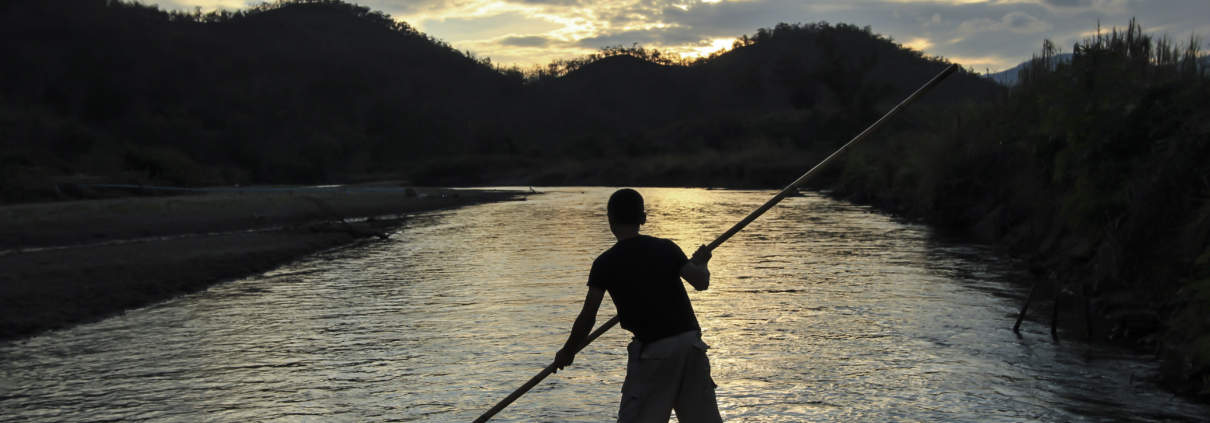From Paddling Hard to Going with the Flow
Summer is in full swing and with it come some activities that we look forward to because we haven’t been able to do them for a while.
For me, one of those is kayaking on the tidal river at my cottage in New Brunswick, where I get in touch with nature while lazily paddling around looking at the sky in search of the occasional bald eagle.
Having recently arrived here, I received a text message from a friend asking me if I was enjoying myself, “floating downstream” on my kayak.
Regular readers won’t be surprised that something so simple would become the inspiration for a blog post.
Tidal Rivers and Delayed Gratification
While I’m no expert in tidal rivers, I can tell you that sometimes this river flows towards the ocean about a kilometer away, and then a few hours later it will flow in the other direction.
When heading out from the dock for a kayaking excursion, I always make sure to go into the flow of the current, so that I can coast back home, going “downstream”.
My wife and I learned this lesson the hard way years ago, when we went rollerblading, not realizing that we had the wind at our backs, only to turn around to go back home and quickly realize our misfortune of having a strong headwind to deal with.
It’s a simple example of delayed gratification, which I love to preach. See Marshmallows and Filet Mignon
Climbing the Hill and Coasting Back Down
The flowing river metaphor is similar to the uphill / downhill one that we hear about when talking about where people are in their life cycle.
Older people are described as “over the hill” while the younger ones are continually “climbing” towards the top. Getting to the top and remaining there are the goal, we’re led to believe, and in many ways that makes sense.
But in the same way that I like to save the coasting part of my kayak trips to the end, why don’t we look at life the same way?
And if we’re part of a business family, isn’t there a way that one generation’s trip down the other side of the hill can serve as a boost to the next generation’s rise?
Capitalizing on the Strengths of Each Generation
The “rising generation”, as people like me have been referring to them for some time now, typically have more energy to devote to building their lives and careers, while their elders will normally have more experience.
Similarly, the younger members of a family will be more comfortable with technology, while the senior family members will often have a lot more contacts and long-standing important relationships that they can leverage.
Smart families figure out how to make the most of these complementary strengths, which takes a certain amount of self-knowledge and understanding, along with the ability to set egos aside for the common good of the family.
Stepping Away from the Top Spot
The ego component varies from one family to the next, but seems to be rather prevalent in cases where it’s the business founder who wants to remain in charge well past the point where their leadership is what’s best for the business.
Somehow once we get past that first generation transitioning to the second, it’s less of an issue when going from G2 to G3, and then G3 to G4 and so on.
Playing with this hill metaphor in my head, I’m picturing someone stepping off the top of the hill while pulling on a rope, which in turn is helping someone make their way to the top.
I guess there’d need to be some sort of pulley or rappelling device at the top for this to make sense.
Many Years in the Making
I don’t want to give the impression that generational transitions should take place quickly. In fact, properly planned and executed changes in leadership will often take years.
That’s because while we think of these situations as singular events, there are actually transitions happening at several different levels.
There needs to be a lot of coordination to properly transfer all of the knowledge of the retiring leader, as well as the authority, which all takes time, and we haven’t even begun to talk about ownership.
So it’s best to get started early, and be sure to check which way the water’s flowing before you take off.




